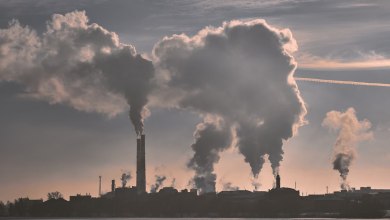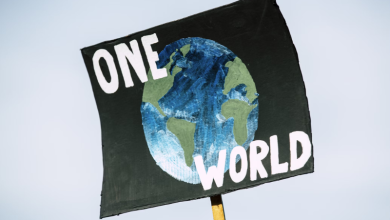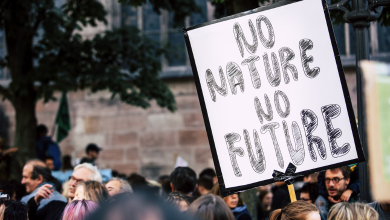Global climate action needs women. There can be no Planet B without them
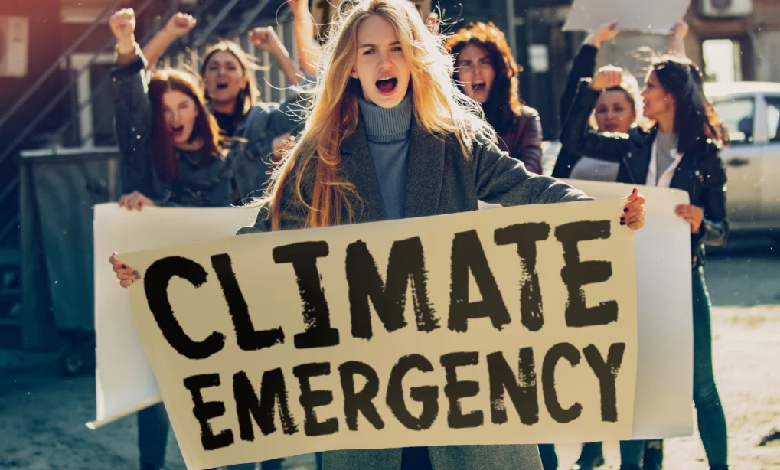
Climate change has turned into one of the greatest threats to human health in recorded history, endangering our very survival as a species. Governments, communities and individuals across the globe are aggressively searching and implementing solutions.
The efforts are aimed at limiting global heating to 2 degrees Celsius above pre-industrial levels (preferably to 1.5). But it is clear that there is one segment of the population that is being extremely overlooked and underutilised in this fight.
Read More: Climate change threatening a key element of Valentine’s Day
That is women.
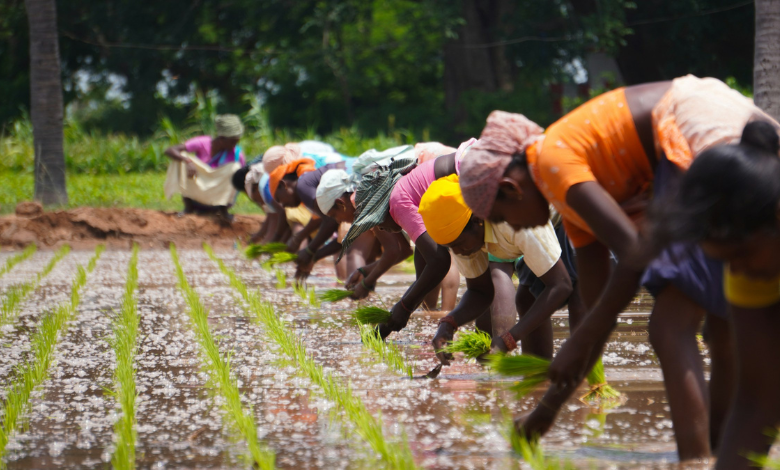
It is disheartening and terrible that even in today’s day and age, the female population is severely sidelined when it comes to decision making. The more troubling part here, however, is that women are more vulnerable to climate change than their male counterparts.
A combination of social, political, cultural and economic factors are responsible for the concerning underutilisation of women in climate action. Read on for a handful of reasons, among many more, making women an integral part of the fight against climate change.
Disproportionately affected by climate crisis
The female population bears the brunt of the raging climate emergency. They are disproportionately affected by the crisis due to a number of inherent vulnerabilities stemming from living in a patriarchal society, including less access to opportunities and resources.
They are also more likely to live in poverty. The lack of access to employment, unequal pay and gender roles women are forced to play also contribute. In addition, historical evidence suggests women are more susceptible to violence and health issues after natural disasters.
Major part of sectors impacted by climate change
In developing countries, women comprise nearly 43% of the agricultural labour force. In India alone, the agriculture sector employs 80% of all economically active women in the country, but just about 13% are landowners, according to an India Today report published in January 2023.
Research suggests that if the female population had equal access to resources as their male counterparts, they could increase farm yields by a staggering 20-30% – eventually helping reduce the number of hungry people on the planet by 12-17%.
Climate resilience and indigenous knowledge
Women are important to building climate resilience in communities. Evidence indicates that women show more concern for the environment, support policies that are environmentally beneficial and tend to vote for leaders who care for nature.
Furthermore, women from indigenous communities/tribes have a rich history of environmental activism and an extensive knowledge of sustainable practices. It is crucial that governments and other organisations leverage this knowledge to bolster climate action.
Primary caregivers of future generation
At last but not the least, since women play the role of primary caregivers of children across the globe, they have the opportunity to educate and empower the future generation from a young and impressionable age. Keep an eye out for additional updates.
Read More: Sustainable food systems could bring $10 trillion of benefits a year
